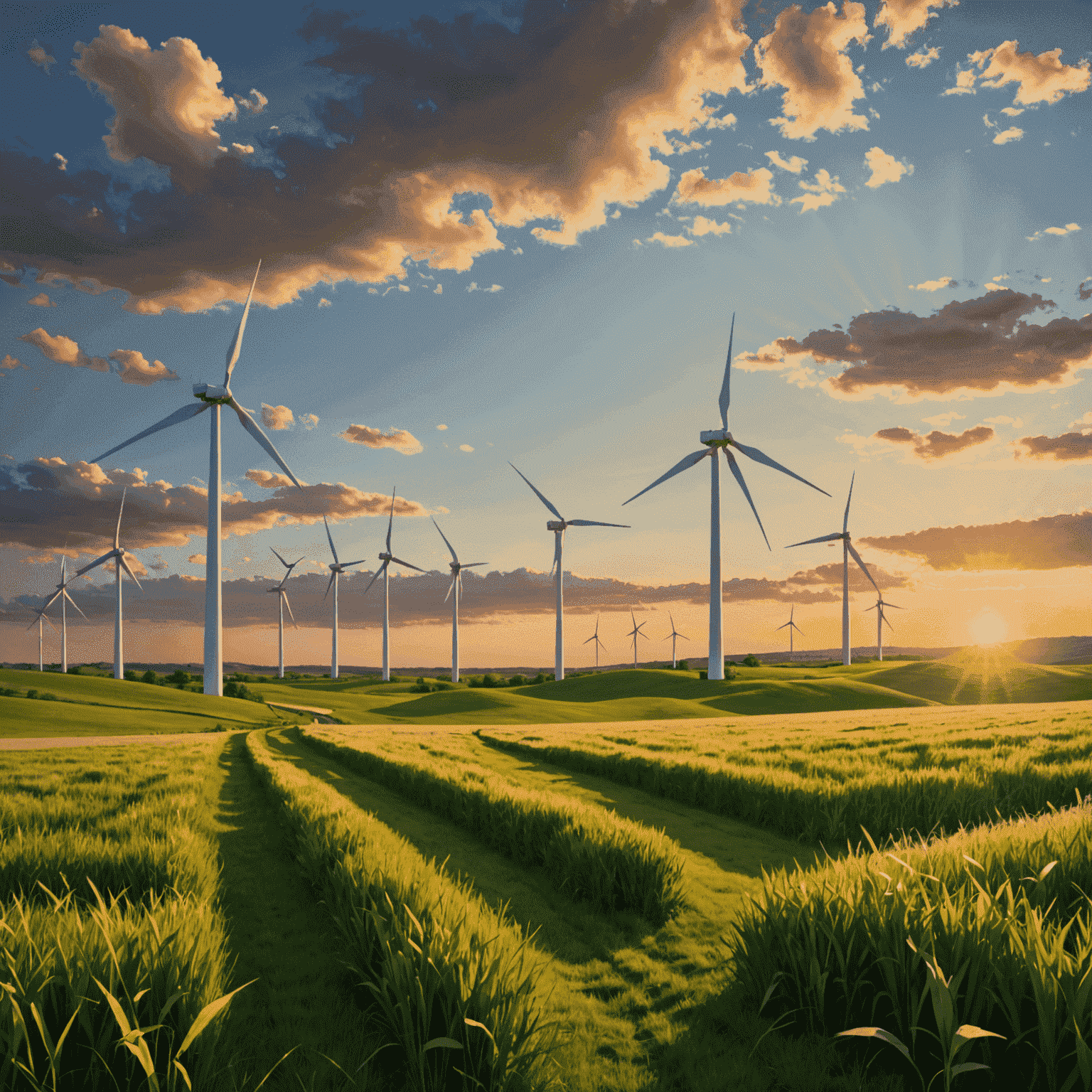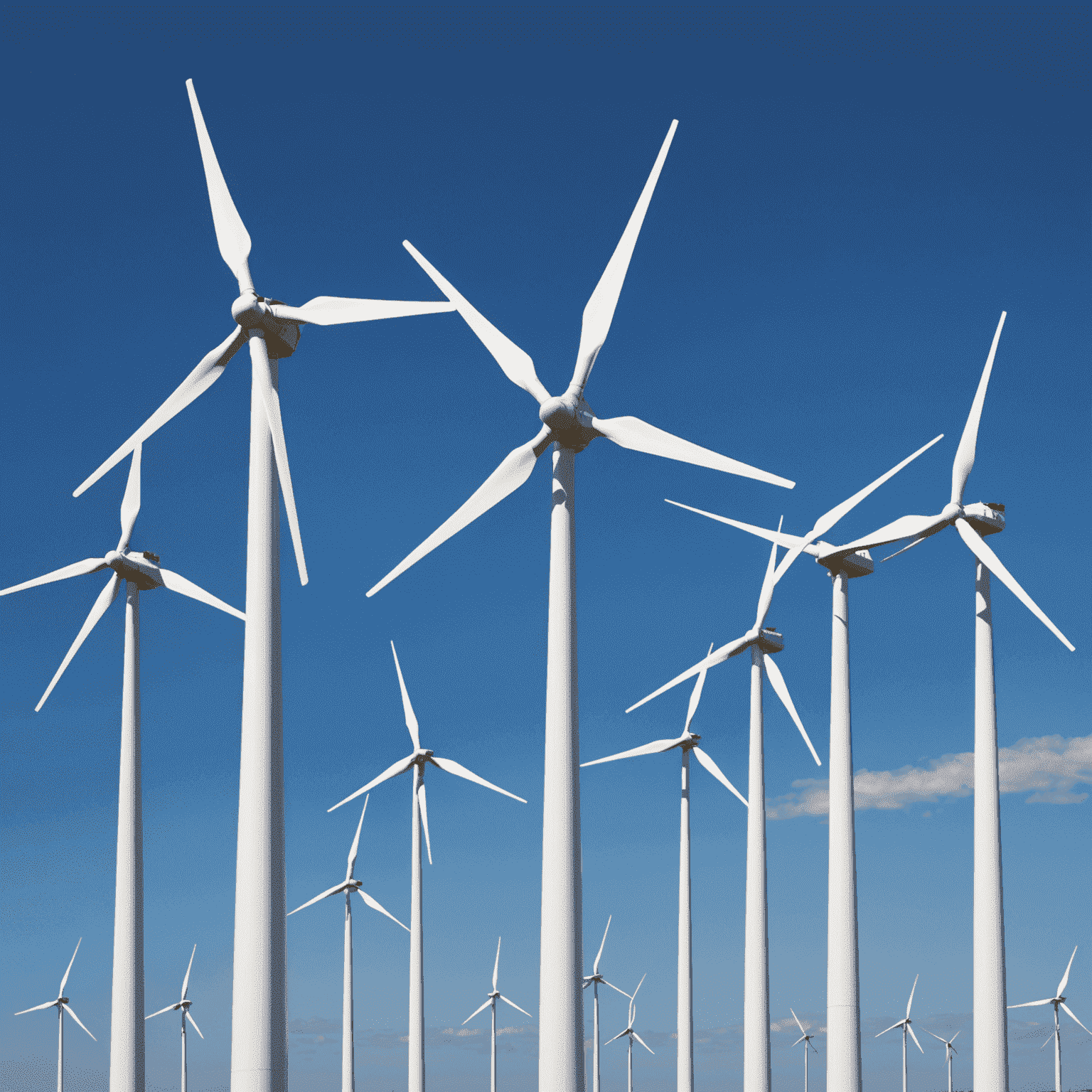Wind Energy Basics

Wind energy is a clean, renewable power source that's rapidly gaining traction in the business world. For companies looking to adopt eco-friendly power solutions, understanding the fundamentals of wind energy is crucial.
How Wind Energy Works
Wind turbines harness the kinetic energy of moving air and convert it into electricity. As wind flows over the blades of a turbine, it causes them to spin. This rotation drives a generator, which produces electrical power. The amount of energy generated depends on wind speed and the size of the turbine.
Benefits for Businesses
- Reduced Carbon Footprint: Wind energy produces no direct emissions, helping businesses meet sustainability goals.
- Cost Savings: Once installed, wind energy systems can significantly lower electricity costs over time.
- Energy Independence: On-site wind turbines can provide a reliable source of power, reducing dependence on the grid.
- Positive Brand Image: Adopting wind energy demonstrates a commitment to environmental stewardship.
Considerations for Implementation
Before investing in wind energy, businesses should consider:
- Wind Resource Assessment: Evaluate the average wind speeds at your location.
- Space Requirements: Ensure you have adequate land for turbine installation.
- Local Regulations: Check zoning laws and obtain necessary permits.
- Initial Costs: While long-term savings are significant, upfront investment can be substantial.
Types of Wind Energy Systems
Businesses can choose from various wind energy solutions:
- Large-scale Wind Farms: Ideal for companies with significant land and high energy needs.
- Small Wind Turbines: Suitable for smaller businesses or those with limited space.
- Community Wind Projects: Collaborative efforts where multiple businesses invest in shared wind resources.

The Future of Wind Energy in Business
As technology advances and costs decrease, wind energy is becoming increasingly accessible to businesses of all sizes. Innovations in turbine design, energy storage, and grid integration are making wind power more efficient and reliable than ever before.
By embracing wind energy, businesses not only contribute to a cleaner environment but also position themselves as leaders in sustainable practices. As the world moves towards renewable energy sources, companies that adopt wind power early will likely see significant benefits in terms of cost savings, energy security, and positive public perception.